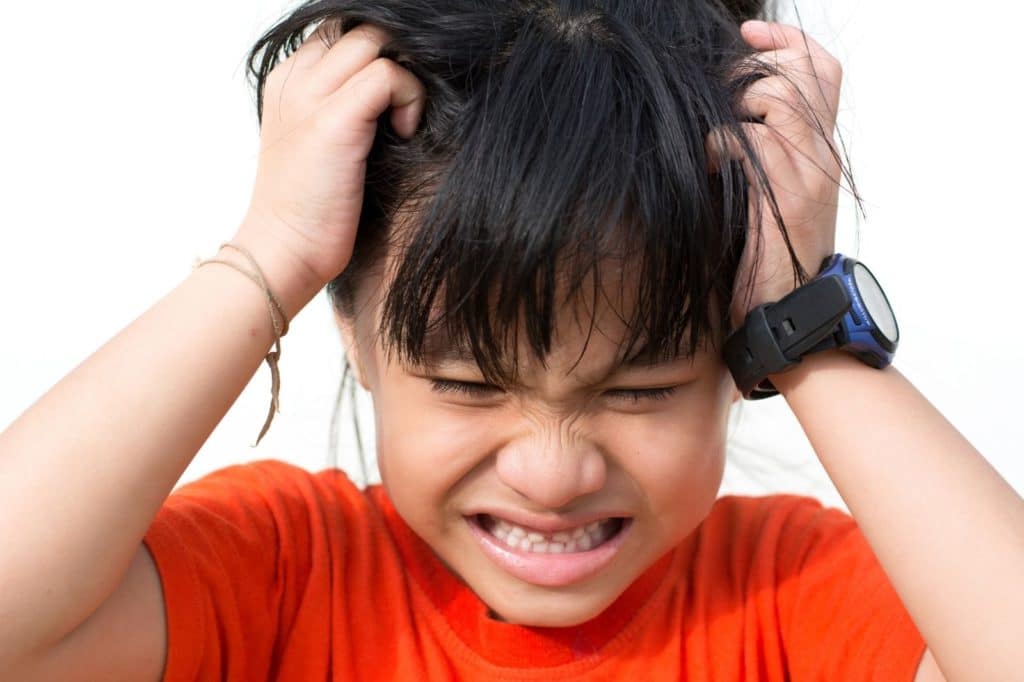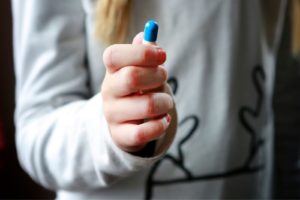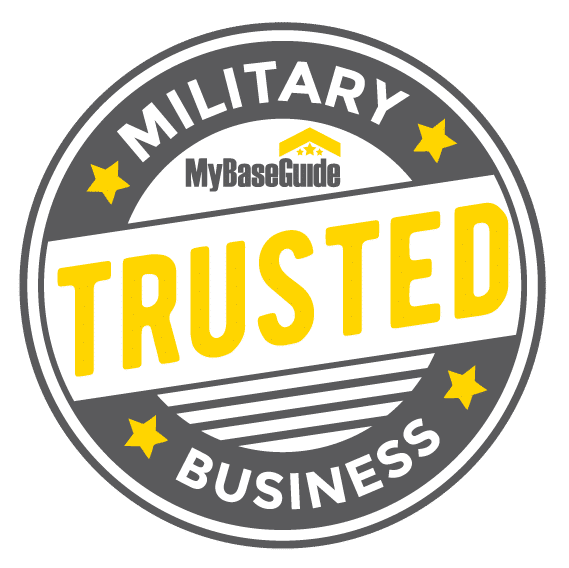“Dude. I don’t understand. What is it, exactly, that you are so mad about?”
My teenage son was standing in front of me his face red, his hands balled up, his pupils dilated, and his breathing heavy. It was taking every ounce of self-control he had to not lash out physically. And with several inches and fifty-plus pounds on me, he could do some real damage. The hyperawareness of this dynamic…me being the one theoretically in charge, and him being the one with the physical upper hand…was palpable in the room.
Then I looked in his eyes. And while his body was telling me “angry angry angry HATE YOU!!” his eyes told me something else. He was lost, confused, and scared to death. And his response was entirely an honest one when he said.
“I. DON’T. KNOW.”
As a clinician I have worked with children, youth, and adults throughout my career who struggle with anger issues. And while I understand clinically what is going on, it is the scariest thing for me to navigate as a parent.
Two years ago my daughter, who struggles with bipolar disorder, attacked me in a dissociative rage. She body slammed me onto the ground because she didn’t want to clean her room. I ended up in the ER in a neck brace and she ended up in SASH for two months. To this day, she has no recollection of the incident.
I am a licensed professional counselor, board supervisor, and counselor educator with a PhD. I have done this work my entire adult career and am often asked to speak as a subject matter expert on behavioral health issues. I think I am asked to speak of these issues not so much because of my fancy degrees and titles, but because I live these same experiences and can speak with the empathy and understanding of a fellow parent.
And there is something really important that I have carried from my professional training to my parenting. And it is this:
Anger is not a primary emotion.
It may be the first emotion we recognize in ourselves. And that makes sense, as it is one of the few emotions that we culturally accept. Anger is allowed, generally speaking. So we get angry.
But anger, in all its forms, is diagnostic of an underlying issue that is maybe best explained using the acronym AHEN.
Anger comes from…
- Hurt
- Expectations not met
- Needs not met
Of course these issues come in many combinations and configurations and it isn’t usually as simple as identifying, for example, one need and resolving that need.
But especially in children and youth, anger is what we see first. Children are not just smaller adults. The symptoms that we equate with depression, anxiety, and bipolar manic states in adults are not always evident in children. What we usually see is the frustration. The irritability. The anger. The absolute rage.
Anger essentially is a scream of “I’m not OK, please help me.”
It’s also true that anger is developmentally a very normal part of adolescence. Parsing out what is normal and what may be the sign of an underlying problem is important. Because everybody gets mad sometimes. If we get so angry that it starts to interfere in our lives on a regular basis, it may be something that necessitates treatment.
But the mental health perspective on anger is maybe not what you would expect. Anger is the thing we learn to control. The underlying issue is what we actually treat.
Writing about my kids and their struggles is difficult. But what makes me a subject matter expert on children’s behavioral health? My PhD or my lived experience?
My friend Liza Long tells of her struggles with her son Michael, and how anger played such a large part of his behavioral health issues in her book, The Price of Silence. Her courage in doing so has inspired me to share my stories as well.
And like Michael, my own kids have made enormous progress in managing their anger and treating the underlying issue. My son’s was hurt. He was grieving the death of his father in a way that felt safe. My daughter had needs not met. She couldn’t manage the symptoms of her bipolar diagnosis within a large public high school. Instead of fighting about their anger, we started addressing the root of it.
Today my son has augmented his therapy with medication and neurofeedback. My daughter’s medications didn’t need adjustment once we found her a better educational setting. At Job Corp she can spend half her day in school and the other half hanging drywall or crawling around on a roof pulling up rotten shingles. Both of my kids are surrounded by people that care about them and their success.
And they let me share their stories so other families know in the face of all the tragedy we see on TV, there are other people getting the treatment and care that they need and achieving recovery. Step by step, we keep getting better.










